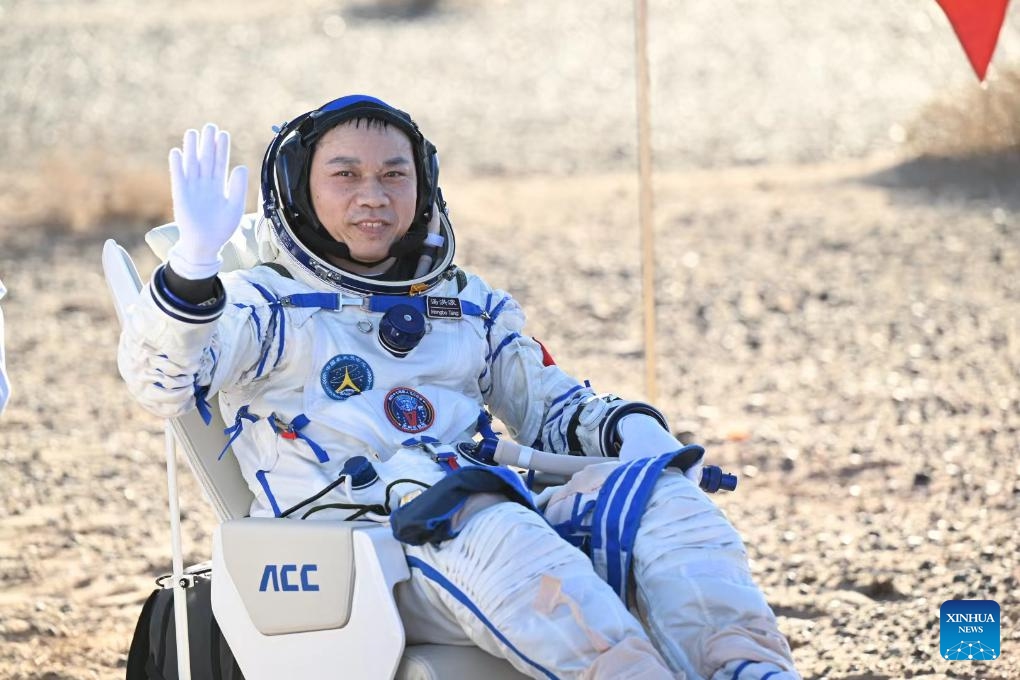Hubei Province's first robot police dog become online sensation during holidays

On May 3, Yichang Public Security Bureau in Central China's Hubei Province made history by deploying a "robot police dog" for the first time in the province for practical use.
In order to alleviate the strain on police and enhance security in the area, Hubei's first robot police dog officially entered duty in Yichang city on May 3.
Jointly operating with real police dogs, the robot dog was sent to patrol, identify suspects, and conduct anti-fraud campaigns in the Three Gorges Dam scenic area, The Paper reported on Monday.
As a newcomer to Yichang Public Security Bureau, the robot dog attracted a crowd of onlookers. With two large "eyes" on its back constantly monitoring the movements of people around it, any suspicious individuals were immediately detected by its monitoring team, according to local media reports.
Chen Peng, general manager of Wuba Intelligent Technology (Hangzhou) Company, explained, "It has the ability to autonomously patrol 24 hours every day, complementing traditional security monitoring devices. It can enter crowds and identify individuals at close range. When police officers or police dogs are tired, the robot dog can patrol continuously without interruption, and it can replace humans in bomb disposal and other dangerous settings."
Due to heavy rain, police officers were conducting indoor patrols on May 3, while the fearless robt police dog was responsible for outdoor patrols. When the children caught sight of the adorable mechanical police dog getting wet in the rain, they even came up to hold an umbrella for it. However, a little water is nothing to the robot dog, as it can work normally even in temperatures as high as 60 C or as low as minus 40 C.
When the robot police dog noticed a visitor had left their bag on a bench, it would alert, "Lost item found."
Visitors welcomed the patrols of the new robot dog. A visitor surnamed Zhang said, "Some elderly people and children may be afraid of large dogs. I hope we could see mechanical police dogs in various scenic spots in Hubei in the future."
Although the mechanical police dog is currently only responsible for basic tasks such as autonomous patrols and order guidance, it will soon unlock more capabilities.
Jiang Weiwei, a police officer from Yichang Public Security Bureau, said, "Next, we will combine the application of big data in public security to give the robot dog the most powerful brain. Through the collaboration between the robot dog and police officers, we aim to enhance grassroots police capabilities in tracking, rescue, reconnaissance, identification, and other fields."






